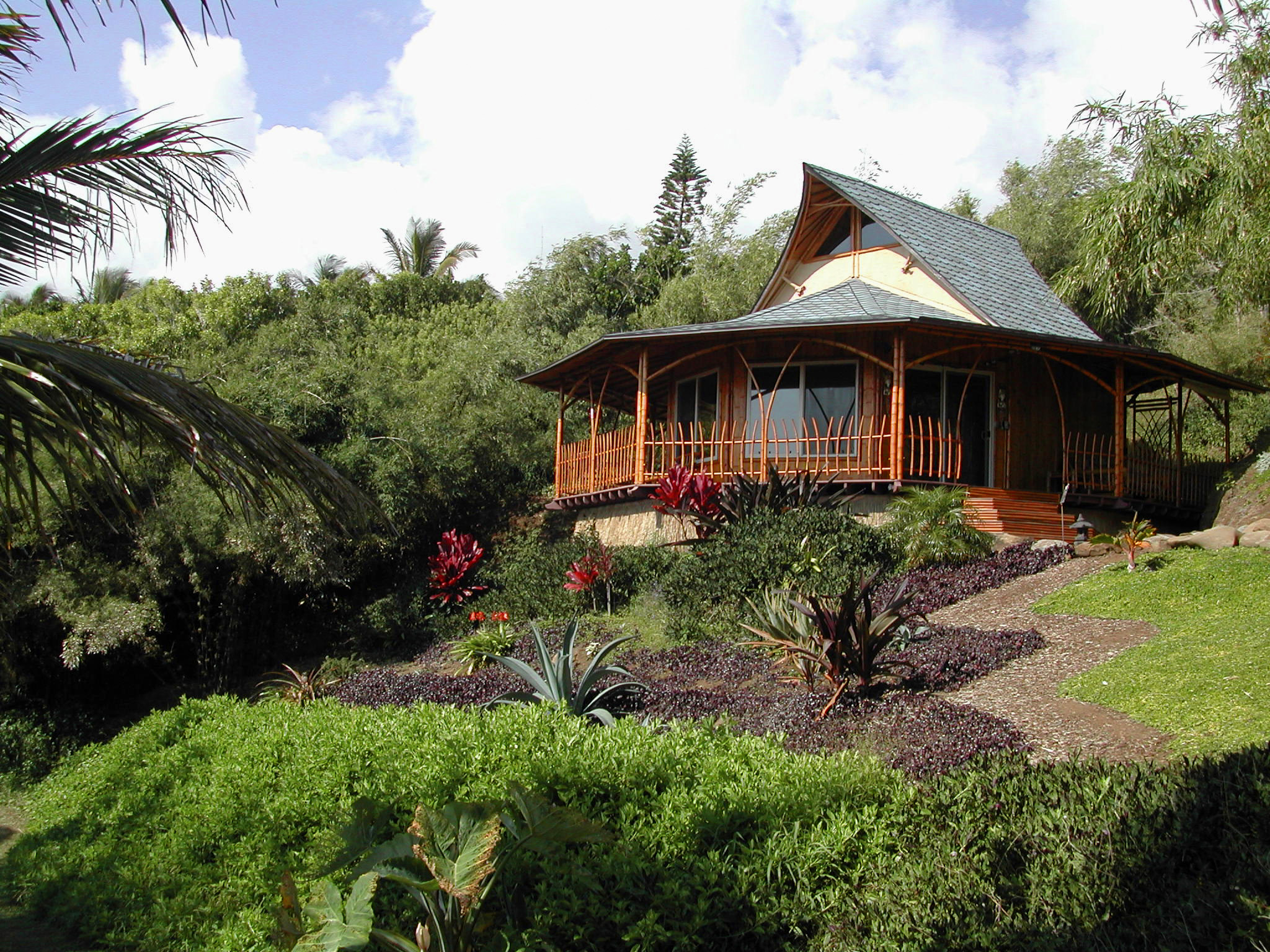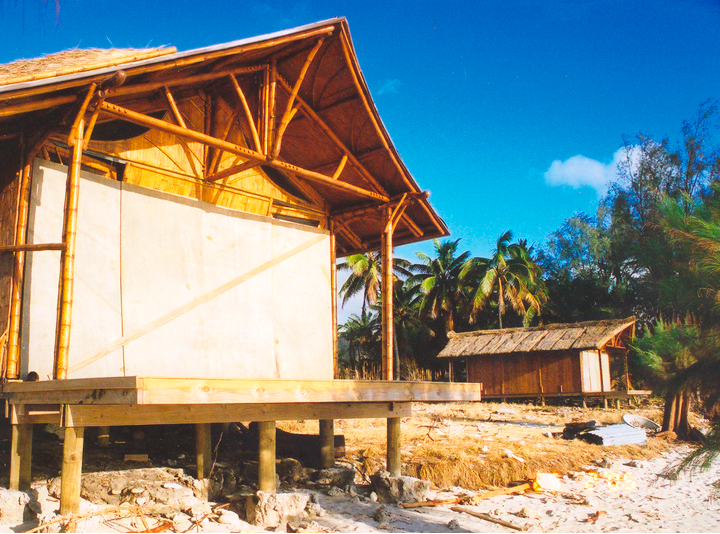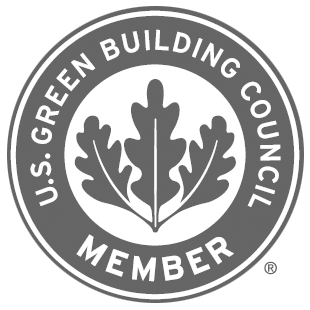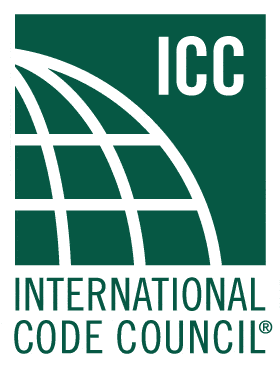A Moment of Brilliance in a Bamboo Forest
On an afternoon in 1994, Jeffree Trudeau, a carpenter, was walking through the bamboo forest on Maui when he had an epiphany—it was time to find a better way to build. Shortly thereafter, Jeffree met Architect David Sands, and the following year they co-founded Bamboo Living and created the first certified and permitted bamboo homes in the world.
About Bamboo Living
Since 1995, Bamboo Living has become a leader in providing artisan-quality bamboo homes and innovative durable building products made from bamboo, one of the most rapidly renewable resources on the planet. Bamboo Living has designed and manufactured nearly 400 homes in locations around the world. We are the first and only company in the world creating permit-ready, International Code Council (ICC) compliant bamboo homes and buildings.
Bamboo Living is now expanding into the development of entire communities built with structural bamboo. In 2018, Bamboo Living completed its first multi-family condominium project. Construction will soon begin on Bamboo Living’s first commercial complex. Each Bamboo Living project is a further step towards a sustainable future by saving forests and sequestering carbon.
A PIONEERING JOURNEY
OUR 7-YEAR PROCESS TO BECOME INTERNATIONAL CODE COMPLIANT
Founder David Sands took bamboo through a rigorous 7-year process to meet international building code standards. David worked diligently with green builders, researchers, universities, engineers, and bamboo farmers to innovate structures that could be adapted to Western standards.
Initial building permits were difficult to obtain since there was no building code standard for the use of structural bamboo in the United States. The permits required a lengthy process sometimes taking over a year. As a result, Bamboo Living began pursuing the development of a building code standard for bamboo.
After seven years of effort, Bamboo Living developed the first ever International Code Council (ICC) Evaluation Services Report which was first issued in December of 2004. This pioneering effort was helped by the participation of David Sands and the Vice President of ICC on the INBAR building code committee headed up by Professor Jules Janssen of Eindhoven University in the Netherlands. Today, Bamboo Living is the only company in the world providing bamboo homes and buildings with permits. Bamboo Living has spent the last 23 years pioneering and promoting the use of bamboo in the United States and other parts of the world.
PREFABRICATION
Bamboo Living developed a method of prefabrication that allows bamboo construction to meet the requirements of the world’s most stringent building codes. Prefabricated or “prefab” homes are manufactured inside a controlled environment in sections that are easy to ship and capable of being re-assembled on site. Our prefabrication includes the structural support of the home, trim, and some finishes. For more information, see what’s included.
To date, Bamboo Living has designed and manufactured nearly 400 homes in Hawaii and around the world.
The benefits of Bamboo Living prefabricated homes include:
Expedited onsite assembly time
Great opportunities for multi-unit projects
Exacting quality control & engineered for safety
Built by skilled artisans and craftspeople
Lower impact on the project site & less construction waste
Light environmental impact and highly sustainable
The structures are engineered for hurricane safety
Our unique bamboo homes retain higher resale values
Bamboo creates a feeling of warmth and beauty in your home
Our bamboo homes are healthier and more environmentally friendly than other types of manufactured prefab homes
Bamboo usage helps create a sustainable future
Bamboo Living prefabricated homes are artisan-crafted, green, healthy, sustainable, strong, safe, and beautiful.
ENVIRONMENTAL STEWARDSHIP
There is a tremendous impact caused by conventional building practices. Every bamboo home that goes into production saves about 10 acres of forest from destruction. Over the past 23 years Bamboo Living’s use of bamboo has saved hundreds of thousands of trees, equivalent to roughly 4000 acres of forest.
Bamboo Living’s mission is to protect and restore our planet by pioneering the use of timber-grade structural bamboo as a building material. Unlike most lumber, when grown with restorative agricultural techniques, the more bamboo we use for construction, the better it is for the environment. This is due to carbon capture, avoided deforestation, and minimizing the amount of land used. Bamboo Living’s goal is to protect our forests by reducing the number of trees cut down for construction use.
Bamboo Living is inspiring social change and environmental stewardship by constructing beautiful residential and commercial buildings that are built from long-lasting, natural, and sustainable bamboo. We’re doing our best to heal the planet one bamboo home at a time.
HISTORY
Beginning with its first single structure in 1995, Bamboo Living has highlighted the role of bamboo in efforts toward sustainability to an ever-widening audience. In the early 1990s, Founder David Sands designed and set out to build a solar-powered home for himself on Maui, using as much recycled material as possible. However, upon delivery of the construction materials, David was deeply concerned with the amount of lumber required and he began looking for an alternative.
David along with his friend and builder, Jeffree Trudeau, had seen the work of Simón Vélez and Linda Garland, both famous for their innovative use of bamboo as a building component. David met with Ms. Garland at her bamboo estate in Bali and became inspired by the potential of bamboo as a replacement for wood in construction. Jeffree then assisted with the World Bamboo Congress held at Ms. Garland’s estate the next year. As a result, David and Jeffree set out to begin building with bamboo as a replacement for wood. Soon after, they developed Bamboo Living.
The first bamboo home David and Jeffree built was for Kutira Decosterd on Maui. They prefabricated the structural elements on site with the idea of developing a method of prefabrication for future projects. That first project was published in the Italian magazine, Brava Casa, and today all of our homes are pre-built using those same techniques.
The Pacific Fijian home built for Kutira Decosterd on Maui.
Bamboo Living cottage in Rarotonga before the hurricanes.
Bamboo Living cottage in Rarotonga after hurricane Olaf. Windows boarded up to protect the glass.
BENDS BUT DOESN’T BREAK
Bamboo Living Homes are not only designed to exceed international seismic and hurricane code requirements, they also surpass the toughest hurricane codes in the USA – Florida’s Miami-Dade County. And in 1995, our beautiful bamboo homes were put to the test in the islands of Rarotonga when three category 5 hurricanes hit in February, causing extensive damage or completely demolishing most of the timber structures. But even 278kph (173mph) winds couldn’t blow our Bamboo Living bungalows down. The owners were ecstatic that they’d built with bamboo.
Bamboo Living’s buildings are engineered by licensed structural engineers and address the need for resiliency in a time of changing climate. The homes hold up extremely well due to the inherent strength of structural bamboo. Bamboo has been shown in tests as well as in practice to be a superior building material. In the US, building materials are only tested up until initial failure. In India at IIT in Delhi, researchers tested bamboo after initial failure by continuing to add loading. Unlike concrete and steel, which fail catastrophically, the bamboo continued to perform. This provides another layer of safety not found with concrete and steel construction.
GOODBYE TERMITES & PESTS
Bamboo Living has been building homes with structural bamboo for over 23 years, and the first home is still in excellent condition. Building with bamboo is a logical fit because of the threat of insects, especially termites, to homes. Bamboo has some natural resistance that other wood doesn’t have; Bamboo has a high concentration of silica, which termites don’t like.
Bamboo Living structural poles are thoroughly treated and third-party inspected with time-tested natural non-toxic borates in a large pressure treatment tank at our factory, and we use a higher concentration of Borates than is used to treat conventional lumber. When treated properly, bamboo becomes an inhospitable environment for termites.
Borates are a safe, easy, and very effective way to protect all wood species (including bamboo) from any kind of insect or decay attack. Borates successfully preserve wood and bamboo for well over fifty years. Its low toxicity and permanency gives the homeowner assurance that the structure they have purchased is secure from these threats.
All additional bamboo materials that are used in our homes, including the woven bamboo strands, cross-laminated products used for cabinetry and mill work, bamboo weavings, and split bamboo siding, are also treated at our factory to ensure protection from those nasty little critters. That is why Bamboo Living provides a 10-year warranty against any structural damage on all of our green prefab home designs.
Bamboo houses properly treated with borates should easily last longer than conventional wood construction, well over 50 years.
